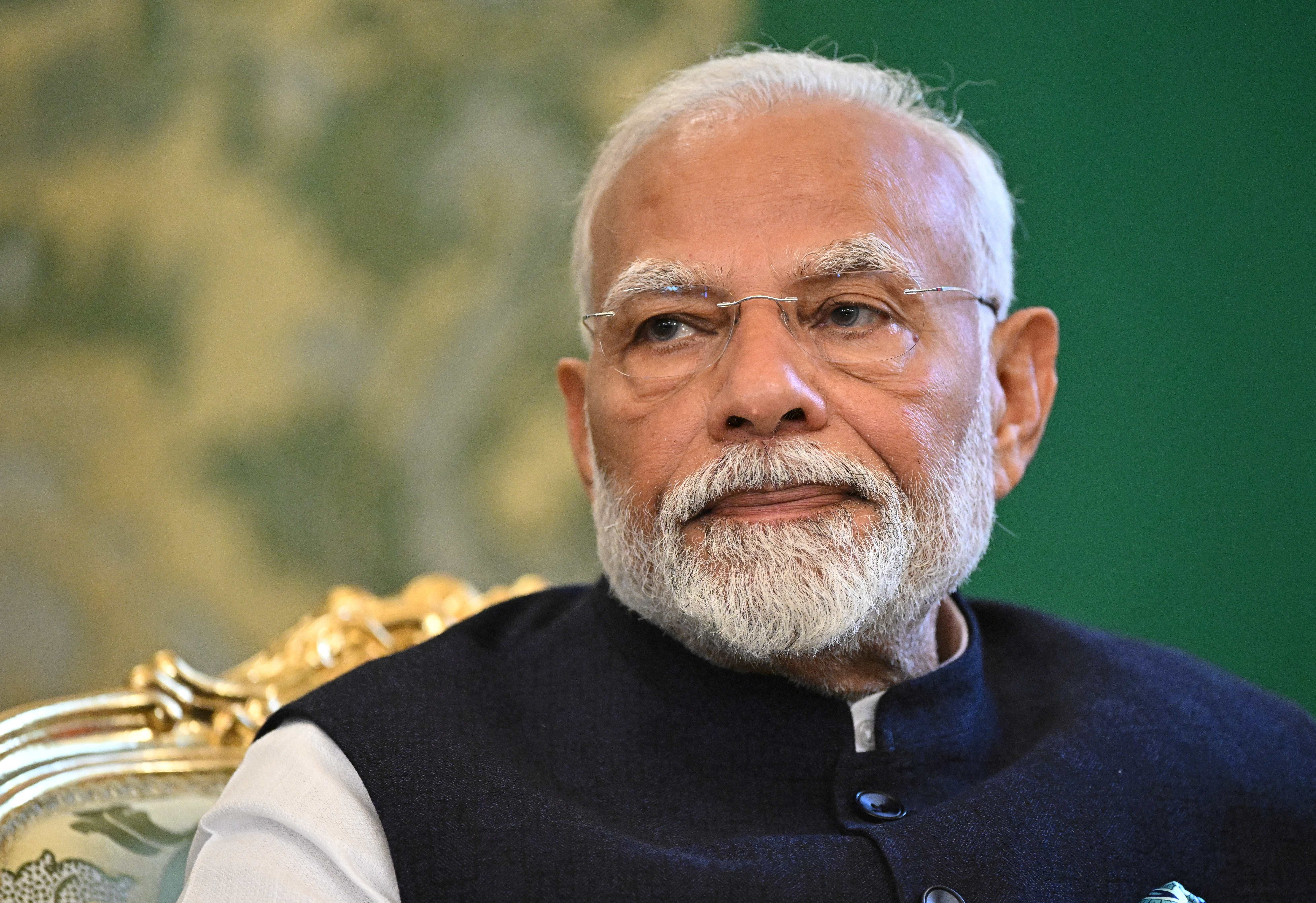In recent years, the Indian economy has been growing rapidly, while also gaining ground amid rising tensions between China and the US, as well as the EU.
The underlying circumstances were not always what they are today. In fact, India’s chronic weaknesses did not allow it to benefit in a measurable manner from the boom in manufacturing trade in past decades, as was the case with other Asian states, e.g. Japan after the Second World War, South Korea, Taiwan, China after the 1990s and more recently, Thailand and Vietnam. Intense government bureaucracy, absence of adequate infrastructure, significant delays in reforms, imbalances in public finances and low female employment rates are some of the factors which, even today, keep millions of Indians in conditions of poverty.
Substantial changes in the Indian economy were eventually recorded after Narendra Modi was elected prime minister in 2014. Since then, through an ambitious programme of government reforms and prudent monetary policy by the country’s Central Bank, nominal and per capita Indian GDP have almost doubled.
As a result of its economic performance and the repercussions of geopolitical tensions, India is emerging as a new global power, possibly one that will rival China in the future. China’s advantages in terms of accumulated know-how and infrastructure are significant, yet India possesses raw materials and a large population to develop supply chains of similar magnitude. In addition, India appears to be winning the vote of both US and European companies, partly due to increasing trade protectionism against China. To cite two examples, Walmart plans to boost its purchases from Indian suppliers to $10 billion by 2027, while in March the European Free Trade Association (comprised of Switzerland, Norway, Iceland and Liechtenstein) committed to invest $100 billion in India over the next 15 years, as part of a new trade deal that is being negotiated and is expected to create in excess of one million jobs locally.
Not coincidentally, JPMorgan recently included Indian government bonds in its emerging market index, a development that is expected to lead to investments of up to $25 billion next year. This trend is attributed to two factors: (a) the higher returns that Indian sovereign bonds have generated, relative to other emerging market counterparts over the past decade, and (b) the strong performance of the Indian economy.
Recent data reinforces the positive assessments: GDP growth in 2024 is expected to be above 7.5 per cent, inflation hovers around 5 per cent, while the Indian rupee remains stable, the fiscal deficit is low and the country exhibits a current account surplus.
However, challenges remain. Apart from the perennial problems cited above, the solution of which will be long-term and costly, the recent elections have highlighted political risk. Amid accusations of authoritarianism and ultra-nationalist politics, Modi’s party lost 63 parliamentary seats compared to 2019. Although the prime minister’s National Democratic Alliance retained its majority, the tide may change in upcoming elections. In any case, the US and the EU are expected to continue supporting the Indian economy in the rivalry with China.








Click here to change your cookie preferences